Technological Solutions Will Help Industrial Firms
Technological Solutions Will Help Industrial Firms

Holding innovation and technology challenges (I-challenge) is a measure taken by nanotechnology development headquarter, where technological solutions are provided to solve the problems of industrial firms or develop innovative products and services.
Overcoming technological problems, then, is done by using the expertise of the specialist in this competition and competition. Currently, there are two open-ended innovation challenges that researchers can tackle with technological action. Challenge calls have been issued to provide a platform for the development of open innovation in enterprises. Iranian researchers and technologists can come up with ideas and solutions to solve these technical problems.
The innovation challenges of “increasing the resistance of the polymer layer to heat in safety and protective gloves” and “increasing shear strength of polymeric layers in safety gloves” are two open challenges.
In these challenges, the challenge of Buffalo Co. as the producer of work safety clothes and products in cooperation with nanotechnology development headquarter seeks to develop solutions and methods to increase shear resistance of the polymeric layer of the glove floor using nanotechnology.
Enthusiasts of the field can attend the challenge for free and use the supportive and credit facilities of the lab network in the first stage and cash prizes. In addition, the final winners will have the chance to cooperate with Buffalo Co. to develop the technology and commercialize their prototype until mass production.
Registration deadline for sending projects is March 15th, 2020 and the first stage results will be announced in May 2020 and the top team will be introduced in July 2020.
Moreover, the contest for the design and manufacture of innovative nanotechnologies, pharmaceuticals, supplements, modern cosmetics, especially for the field of nanotechnology, has announced a call for supporting projects in fields of development of applications of printed electronics technology in smart textiles, reduction of sulfur in fuel used by the maritime industry and vessels, construction of safety labels and multipurpose shielding for glass and windows, and the creation of self-shattering and anti-static properties on the surface of solar panels.
A report by the public relations and information center of the Vice-Presidency for science and technology affairs



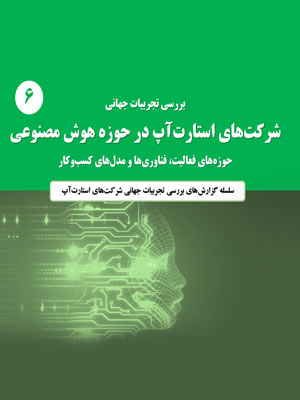



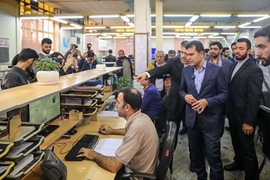
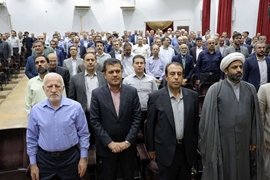
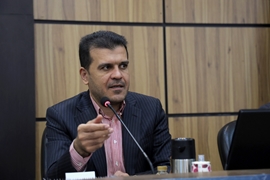
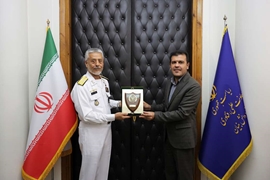




comment